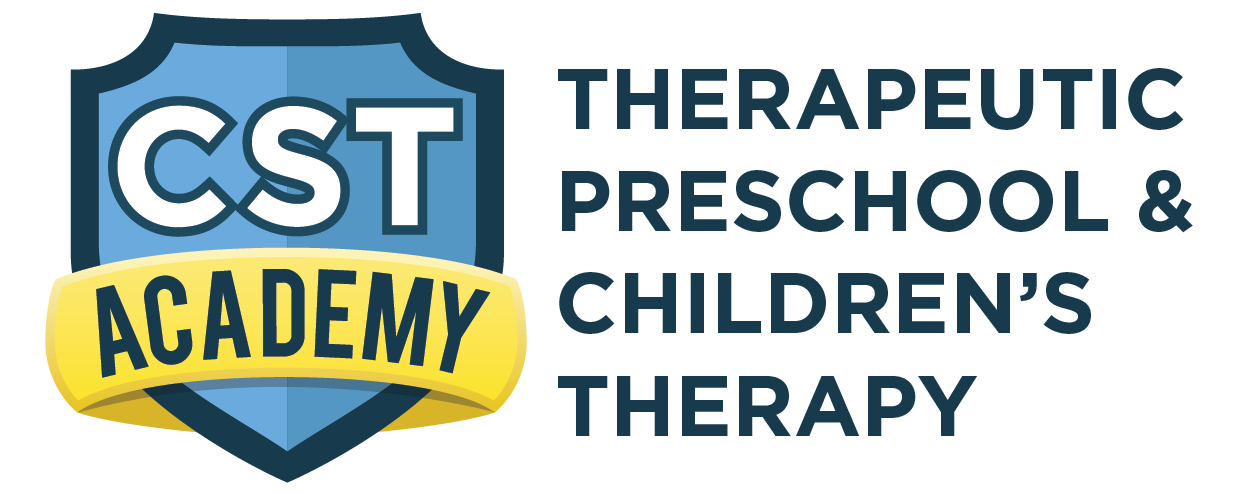Communication is key for many aspects of life, and this is also true when it comes to professional collaboration for applied behavior analysis (ABA therapy). When a child is engaged in ABA therapy for autism spectrum disorder (ASD) or a related disorder, they are often working with a therapist on a range of skills, not just one aspect of development. For example, a child may experience delays in their language and communication, social skills, play skills, and adaptive skills. As a result, an ABA therapist will often be working on many different skill areas. If a child is working on building skills in a range of areas, then the ABA therapist will often collaborate with a multidisciplinary team of therapists, in order to provide the most comprehensive care possible for the child.
Why is a multidisciplinary approach effective?
When a multidisciplinary approach is used in ABA therapy, the therapist will often collaborate with therapists who specialize in other disciplines, such as speech-language pathology or occupational therapy.
A speech-language pathologist (SLP) is a fully certified professional with a Master’s degree who works with patients who experience speech and language-related disorders, such as articulation issues or apraxia. An ABA therapist may work closely with SLPs in cases where a child is experiencing delays in speech and language. While a SLP will provide the primary (and extensive) speech and language intervention services for the child, they will also be able to provide the ABA therapist with helpful strategies for building communication skills in ABA therapy sessions.
An occupational therapist (OT) will work with children who experience delays in skills needed to complete daily occupations (or tasks). Like an SLP, an OT receives a Master’s degree and extensive training to provide these services to patients, so they are highly trained in their area of expertise. An ABA therapist may collaborate with an OT if a child is experiencing delays in coordination, fine or gross motor skills, or proprioception. While the OT will be the primary therapist for building these skills, an OT will be able to provide helpful strategies that an ABA therapist can incorporate in their sessions, since all of these areas are intertwined.
Collaborating with therapists who specialize in other disciplines can be extremely helpful in getting ideas flowing. Since professionals in other fields receive different training, they may approach issues in different ways. As the saying goes, “two heads are better than one,” and this can certainly be the case when it comes to ABA therapy. Every child is different, so not everyone requires speech therapy or occupational therapy, but it can be helpful for ABA therapists to collaborate with therapists from other disciplines, in order to create a well-rounded, comprehensive treatment plan.












